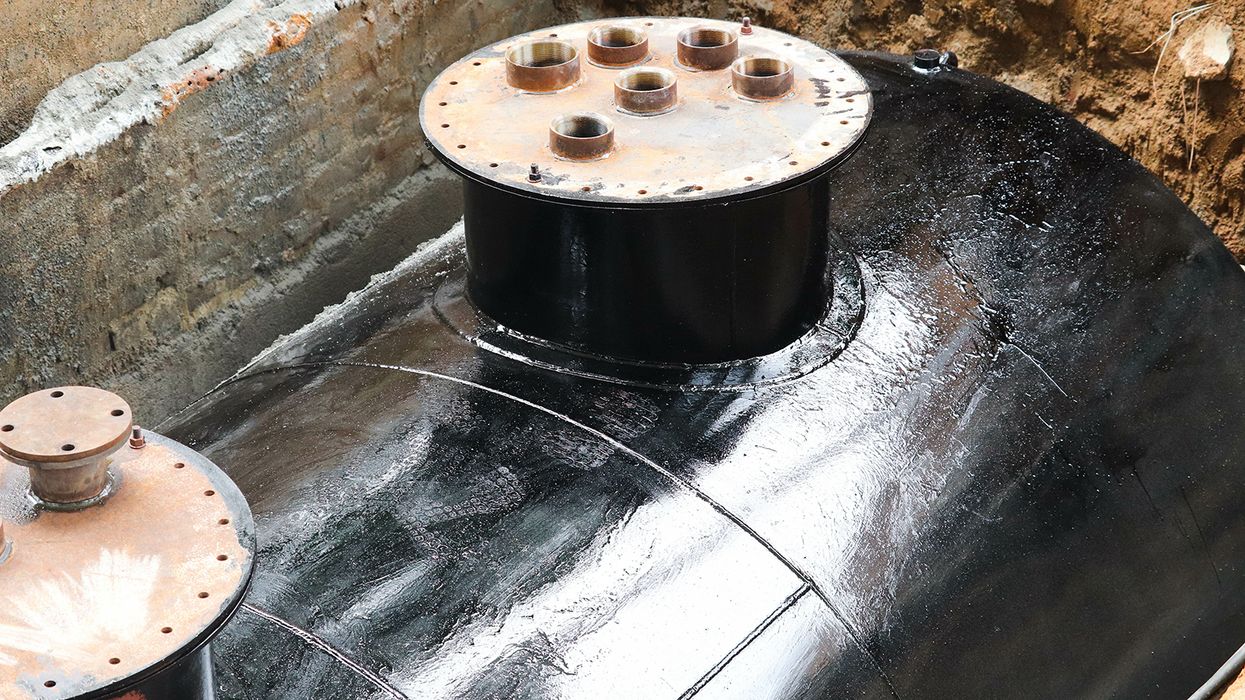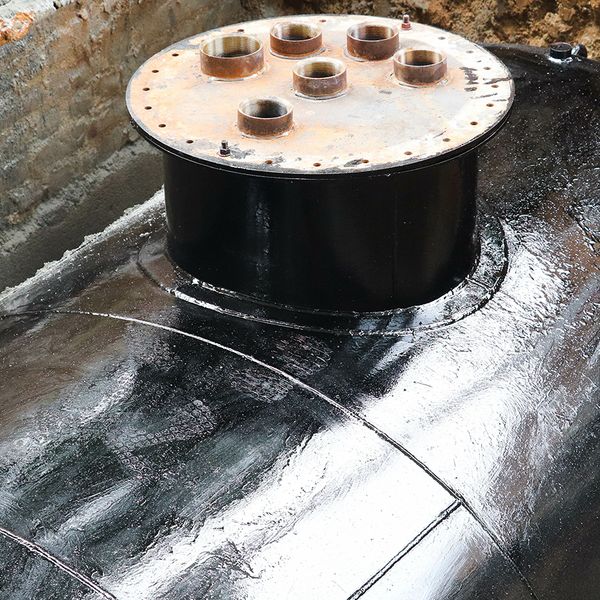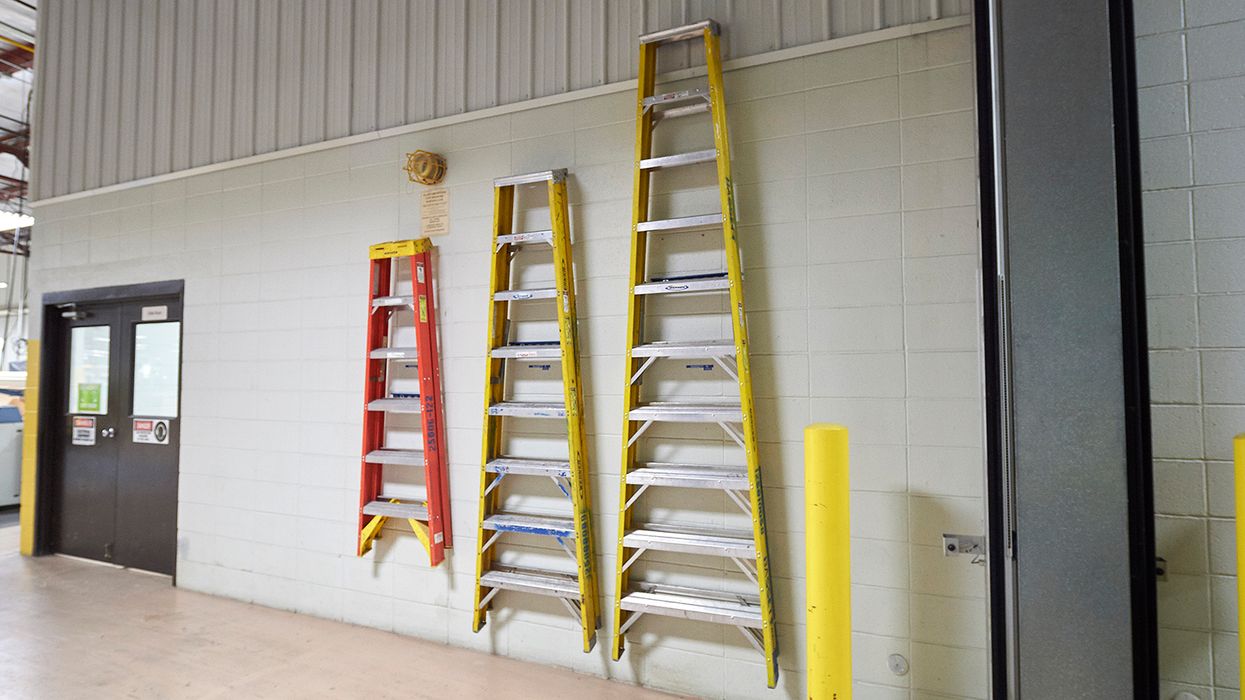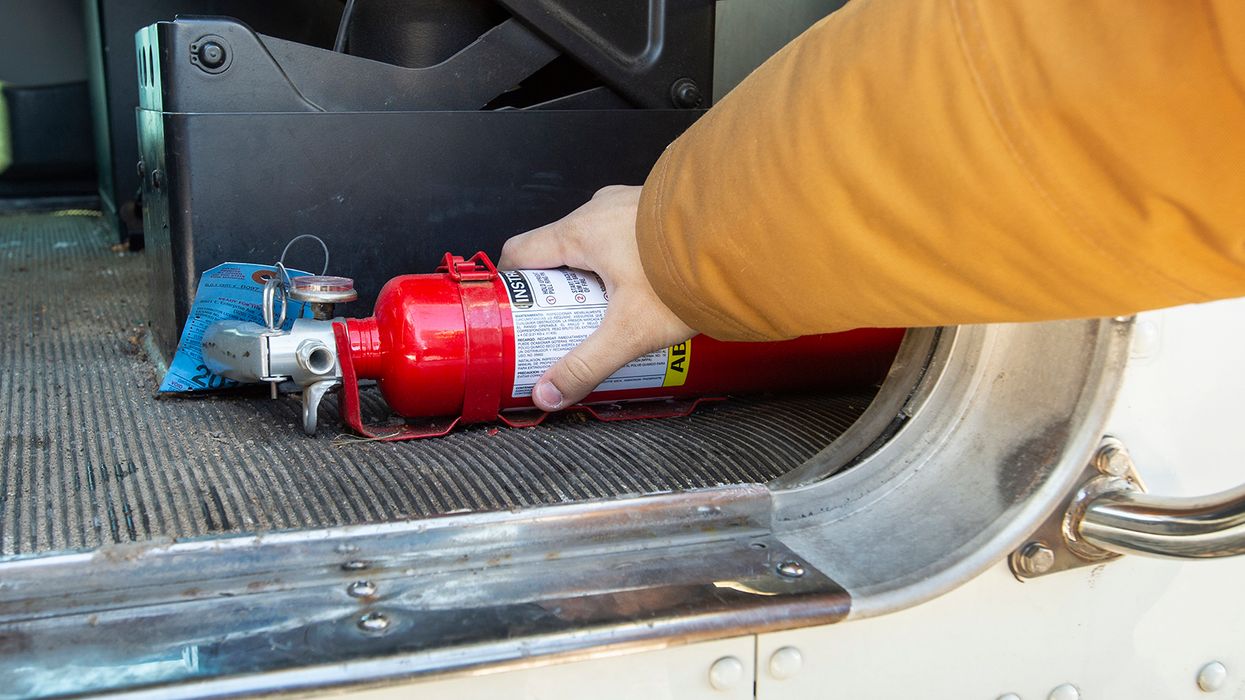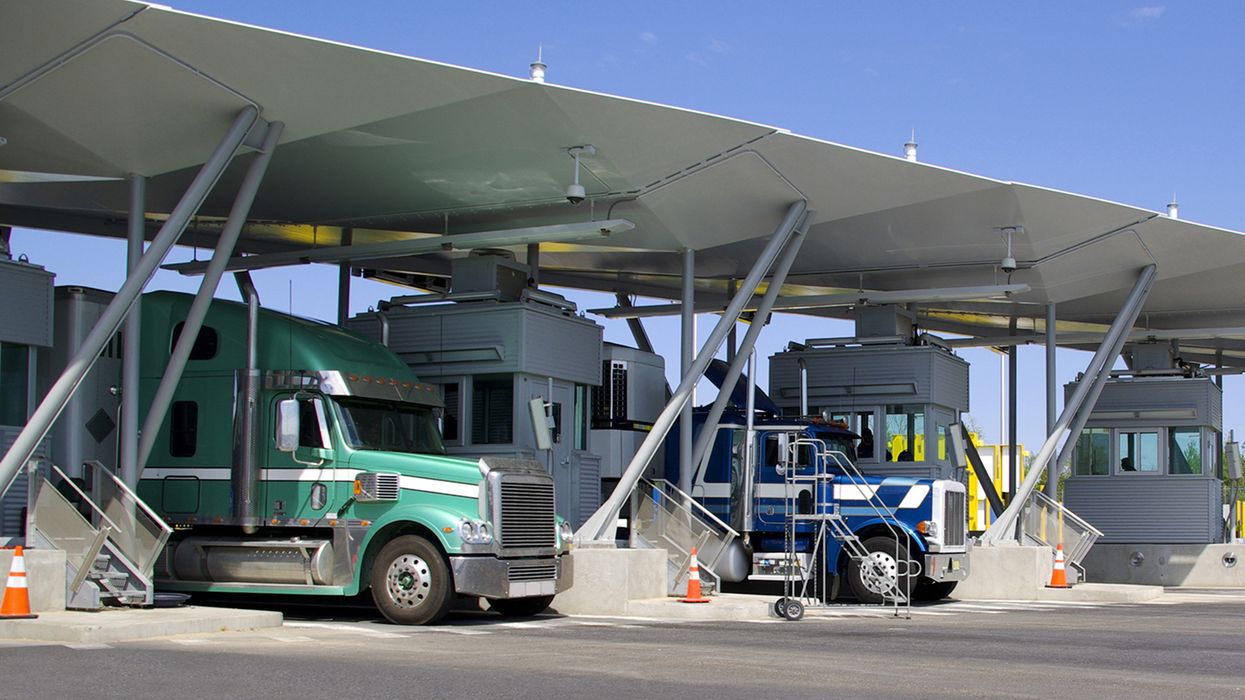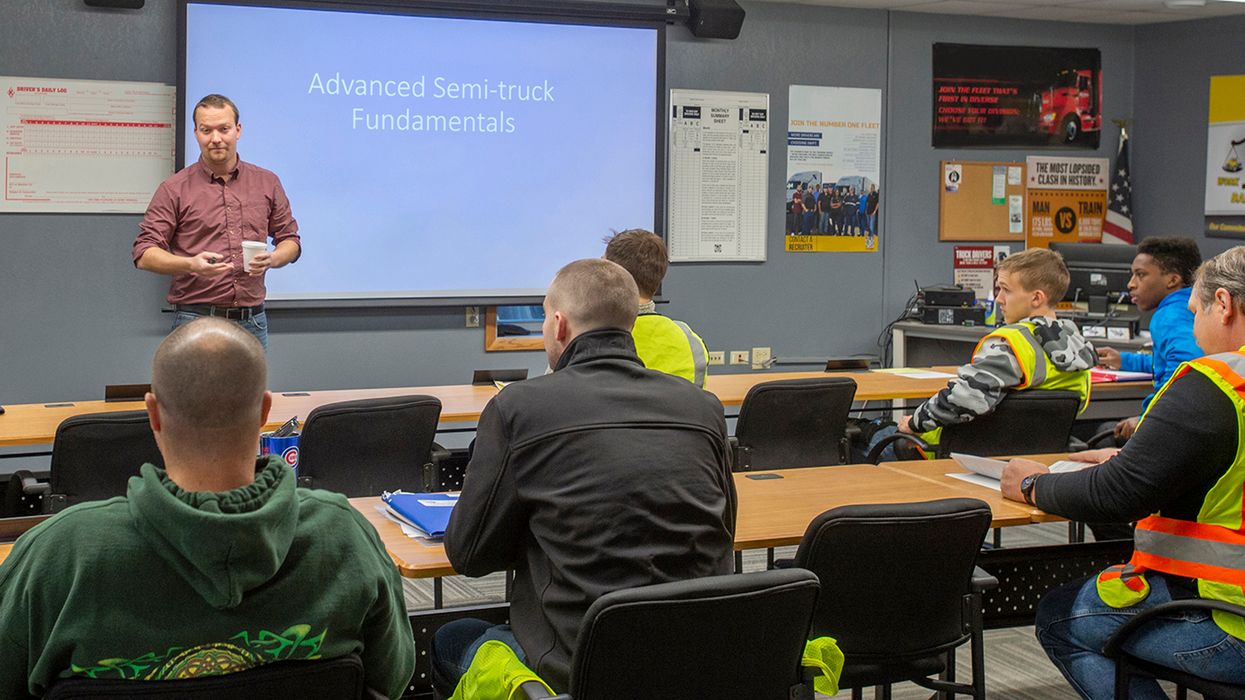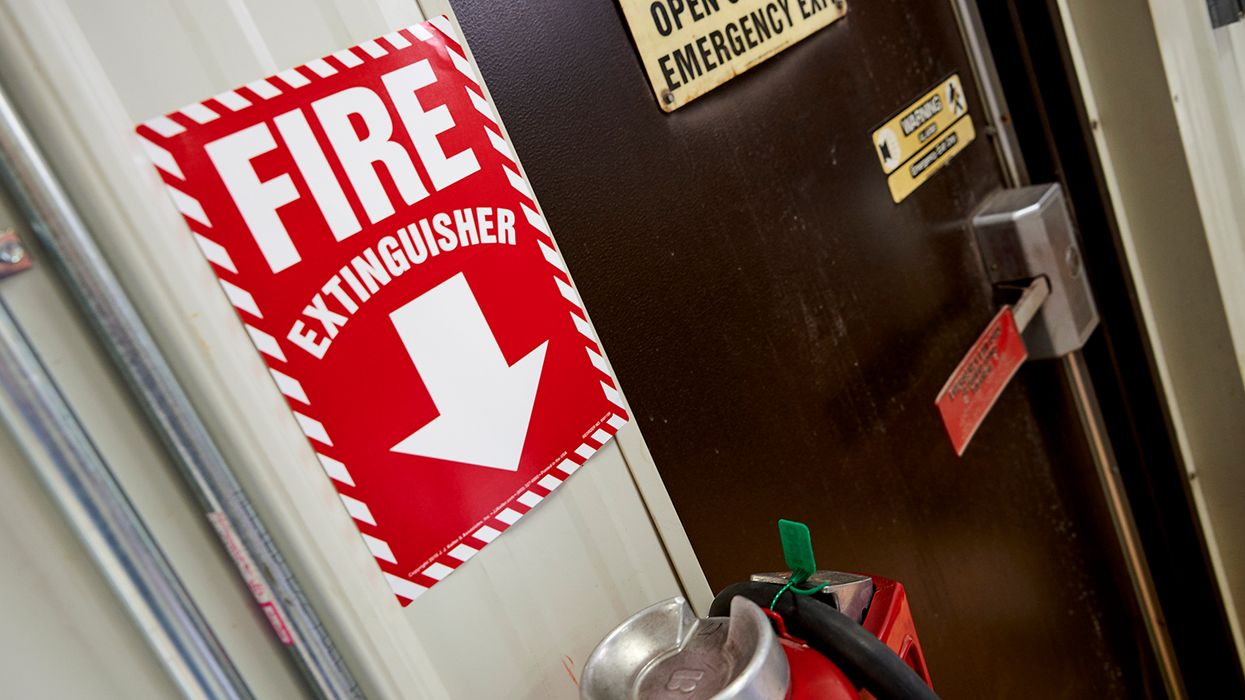UST release detection equipment: Testing 1, 2, 3
The next time you’re at a service station, consider the fact that you’re standing above underground tanks holding the fuel that you’re pumping into your vehicle. This brings up an important question about any underground tank: Since you can’t see the tank, how do you know if it starts to leak? The answer is a release detection system.
The Environmental Protection Agency (EPA) requires that all regulated underground storage tanks (USTs) have release detection systems and that owners and operators of USTs test the equipment annually to ensure it operates correctly.
Let’s look at three aspects of release detection equipment testing: how to conduct testing, what to test for, and what to record.
1. How do I test the equipment?
UST owners and operators may conduct release detection equipment testing according to:
- The manufacturer’s instructions,
- Industry codes and standards, or
- The implementing agency’s requirements.
Manufacturer’s instructions
Each piece of release detection equipment should have an associated manual or guide for owners to reference. The manual or guide will explain how to test the equipment.
Tip: Most equipment manufacturers provide online versions of their product manuals and guides, which you can likely find on the manufacturer’s website. If you can’t find guidance, contact the manufacturer directly.
Industry codes and standards
EPA’s regulations stipulate that UST owners and operators who follow industry codes and standards must choose ones developed by a nationally recognized association (like ASTM International or the Petroleum Equipment Institute (PEI)) or an independent testing laboratory.
For instance, the agency states at 280.40(a)(3) that UST owners and operators may use PEI/RP1200, Recommended Practices for the Testing and Verification of Spill, Overfill, Leak Detection and Secondary Containment Equipment at UST Facilities, to comply.
Implementing agency requirements
EPA’s rules for testing release detection equipment serve as the minimum standards. Most state regulatory agencies implement UST programs and may impose stricter or additional requirements. Plus, local regulations may apply.
Check state and local rules to ensure your UST complies with the right requirements.
2. What do I test?
At a minimum, UST owners and operators must test the following factors that apply to their release detection systems.
- Automatic tank gauges and other controllers: Test the alarms and battery backups. Verify the system’s configuration.
- Probes and sensors: Test alarm functionality and communication with the controller. Inspect the probes and sensors for residual buildup. Ensure that the floats move freely, the cables have no kinks or breaks, and the shaft isn’t damaged.
- Automatic line leak detectors: Simulate a leak to determine whether the detector meets the operation requirements of 280.44(a).
- Vacuum pumps and pressure gauges: Confirm correct communication with the sensors and controller.
- Handheld electronic groundwater and vapor sampling equipment: Ensure the monitoring equipment operates properly.
3. What records do I have to keep?
The regulation at 280.45(b)(1) mandates that UST owners and operators keep records of the annual release detection equipment testing results for at least three years.
For each annual testing record, list:
- Each device tested,
- If the devices operated according to 280.40(a)(3) or had issues that needed attention, and
- Any corrective actions applied.
Why is release detection equipment testing so important?
Petroleum and other hazardous substances that leak from USTs can endanger human and environmental health. A leaking UST’s primary threat is groundwater contamination. Groundwater supplies drinking water for almost half of Americans.
A release detection system enables a facility to respond sooner to accidental releases and, therefore, limit potential harmful impacts — only if the equipment used for the system operates properly.
Testing your UST’s release detection equipment is vital because it allows you to identify which components function accurately and which parts have problems that need correction. A well-functioning release detection system can help your facility:
- Maintain regulatory compliance (and avoid enforcement actions like penalties),
- Identify opportunities to upgrade existing equipment to improve operational efficiency, and
- Protect your employees and the community in which your facility operates.
Key to remember: EPA requires facilities to test the release detection equipment used on underground storage tanks each year to make sure it operates properly.

